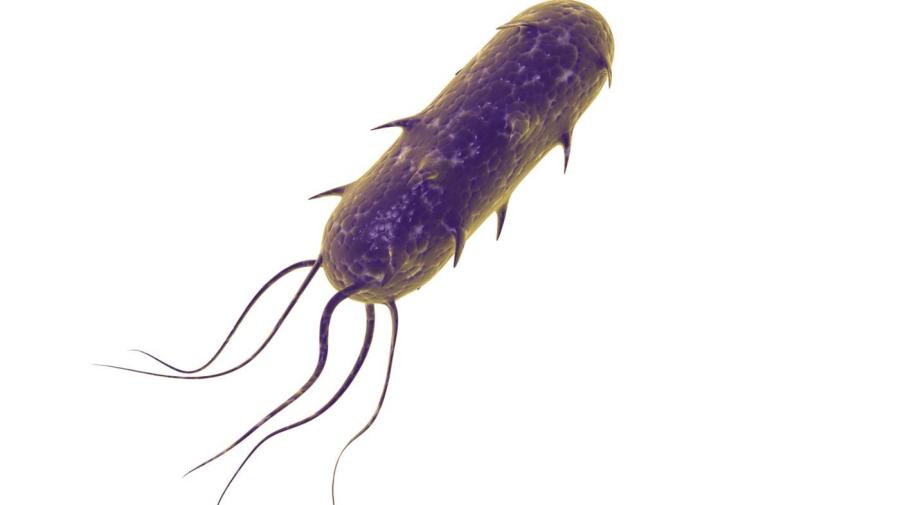What Is the Function of Flagella?

Flagella are used by cells and unicellular organisms for movement, sensation and signal transduction. They can be described as long slender extensions of the cell or organism. The singular form of flagella is flagellum.
Depending on the organism, a flagellum consists of different structures. In bacteria, flagella are made of the protein flagellin. In eukaryotes, flagella consist of microtubules surrounded by a plasma membrane. This is the structure of flagella in plants, protists and animals. Prokaryotes and eukaryotes use different sources of energy to drive the flagella. Moving eukaryotic flagella require adenosine triphosphate (ATP). Prokaryotes use energy from the proton-motive force, which is the ion gradient that lies across the cell membranes.





